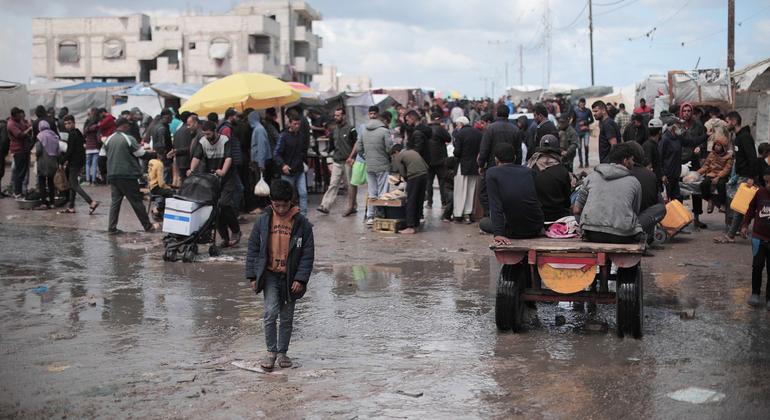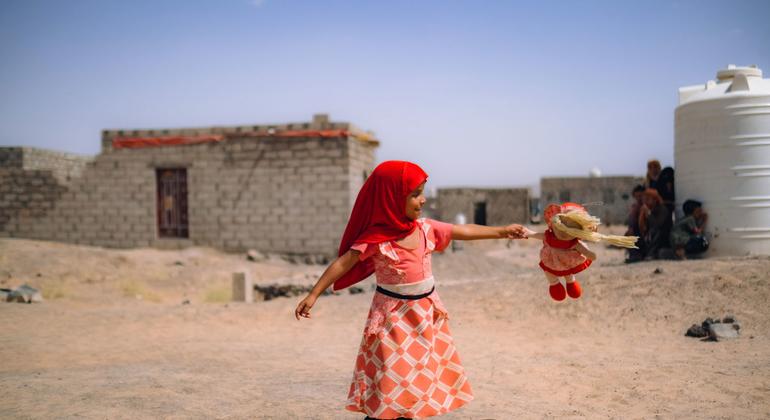Artificial intelligence (AI) adoption has become a trend across different industries today, and the online banking sector is no exception. As technology keeps revolutionizing the financial industry, AI is poised to play a crucial role in the future of online banking. In fact, almost every single bank dabbled in generative AI in 2023, according to Forbes. On top of that, many reported impressive outcomes.
In this article, we will look into the developments and potential of AI in online banking, specifically AI-powered chatbots, virtual assistants, and personal finance management tools. We will also examine the risks and challenges of using AI in the banking sector.
AI-Powered Chatbots and Virtual Assistants
AI-powered chatbots and virtual assistants are game-changers in customer service within the online banking sector. These systems can handle varying customer inquiries and tasks, providing real-time assistance and support. By tapping on natural language processing (NLP) and machine learning algorithms, chatbots can process and respond to customer queries like humans.
Among the main advantages of AI-powered chatbots is their ability to provide personalized customer assistance. These chatbots can analyze customer data, transaction history, and preferences to customize their responses and recommendations. For example, customers inquiring about their account balance may also receive suggestions for relevant financial products or services based on their spending patterns and financial goals.
Furthermore, AI-powered chatbots are available 24/7, offering round-the-clock support to customers across different time zones. This accessibility improves the overall customer experience by providing timely assistance and reducing wait times for inquiries.
Personal Finance Management With AI
In addition to impacting customer service, AI is fundamentally changing the personal finance management game, offering innovative tools and applications to users. SoFi, a prominent financial services company, banks on this trend with its AI-powered personal finance app.
AI-powered personal finance app
SoFi’s AI-powered personal finance app stands out for its ability to reshape users’ financial habits. The app analyzes users’ spending habits through AI algorithms and identifies trends. It also delivers customized recommendations, from checking account promotions to investment opportunities, tailored to individual financial needs and goals.
Personalized promotions and offers
One of the critical features of SoFi’s AI-driven app is its capability to offer targeted promotions and deals, particularly in checking account options. With the help of AI insights, the app identifies users who could benefit from specific banking products, such as high-yield checking accounts with competitive interest rates.
By presenting personalized offers based on users’ financial profiles, the app helps individuals make informed decisions that align with their banking preferences and financial objectives.
Enhanced security measures
Beyond tailored recommendations, AI-powered personal finance apps like SoFi prioritize the security and privacy of users’ financial data. Robust security measures, including encryption protocols, biometric authentication mechanisms, and anomaly detection algorithms, are built into these apps. The goal is to avoid potential threats, such as data breaches and fraudulent activities, and ensure users’ financial information is safe.
Smarter financial decision-making
Through its AI-driven functionalities, SoFi’s personal finance app enables users to take control of their financial futures. By providing actionable insights, personalized recommendations, and secure banking options, the app equips individuals with tools to make intelligent financial decisions, optimize their savings, and achieve long-term financial goals.
These apps demonstrate the immense potential of AI in personal finance management. Advanced algorithms and security measures allow these apps to offer personalized financial insights and tailored promotions and prioritize the security and privacy of users’ financial information.
As AI keeps advancing, it is poised to change people’s financial management practices and improve their financial well-being.
Potential Risks and Challenges
While AI in online banking holds great promise, it also introduces several risks and challenges that must be carefully addressed to ensure these systems’ security, fairness, and trustworthiness.
Data privacy and security risks
A massive data breach affected millions of AT&T customers early this month –- the first since January 2023’s cyber attack that impacted nine million users. With the rise of AI in online banking, data privacy and security issues couldn’t be more pronounced.
AI systems heavily rely on user data for analysis and decision-making, making them potential targets for unauthorized access and data theft. Protecting sensitive information from malicious actors is critical to maintaining trust and confidence in online banking platforms.
Algorithmic bias
Another significant risk is algorithmic bias, where AI systems may inadvertently perpetuate or magnify existing biases in the training data. In online banking, this bias can show up through unfair or discriminatory outcomes, such as biased credit scoring or loan approval processes. Addressing algorithmic bias requires scrutiny of training data and continued monitoring to maintain fairness and equity in AI-driven decision-making.
Transparency and accountability challenges
Ensuring transparency and accountability in AI-powered banking systems poses a significant challenge. Customers may be understandably wary of AI-driven recommendations and decisions if they cannot discern the algorithms and processes behind them. Providing clear visibility into how AI systems operate, including the factors influencing their choices, is essential for building trust and confidence among users.
Mitigating risks and addressing challenges
To mitigate data privacy and security risks, online banking platforms must implement proven security measures, including encryption protocols, multi-factor authentication, and continuous monitoring of suspicious activities. By prioritizing the protection of user data, banks can minimize the likelihood of unauthorized access and data breaches.
Fairness and transparency initiatives
Addressing algorithmic bias requires proactive measures to identify and mitigate biases in AI algorithms. The solution may involve diversifying training data, implementing fairness-aware algorithms, and conducting regular audits to evaluate the impact of AI systems on different demographic groups. Additionally, promoting transparency through clear explanations of AI-driven decisions can enhance users’ understanding and trust in online banking platforms.
While AI holds tremendous potential for revolutionizing online banking, it is essential to acknowledge and address the associated risks and challenges. By prioritizing data privacy, fairness, transparency, and accountability, banks can build on the benefits of AI while mitigating potential harms, ensuring their customers’ continued trust and confidence in the modern banking ecosystem.
Fraud Detection and Prevention
A hacker – artistic impression. Image by Clint Patterson on Unsplash, free license
AI can make it easier for a cybercriminal to launch an attack, but it can also bolster a target’s defenses. The financial sector increasingly relies on AI algorithms as a powerful defense mechanism against these threats. Mastercard, for example, has created its own generative AI model that can boost fraud detection success by up to 300 percent.
Through machine learning and predictive analytics, AI-powered fraud detection systems can identify suspicious transactions and forecast potential risks, allowing for proactive intervention to prevent financial losses. By swiftly flagging dubious activities, these AI systems serve as a crucial safeguard, shielding customers and banks from the detrimental impacts of fraud.
Automated Financial Advisory Services
The emergence of robo-advisors, driven by AI technologies, marks a seismic shift in the financial advisory services within online banking. These innovative platforms use sophisticated algorithms to evaluate individual customers’ financial backgrounds, considering factors such as their current financial status, risk appetite, and investment objectives.
With these insights, robo-advisors deliver personalized investment recommendations and tailored portfolio management services. This feature democratizes access to wealth management tools and substantially lowers the costs of traditional human-led advisory services. As a result, a broader spectrum of clients can now avail themselves of these cost-effective and accessible investment solutions.
Regulatory Compliance and Risk Management
With stringent regulatory requirements and escalating complexities in financial markets, banks are increasingly adopting AI technologies to bolster their regulatory compliance and risk management frameworks.
These advanced systems are adept at efficiently processing vast quantities of data, enabling banks to handle the challenges of anti-money laundering (AML) compliance, know-your-customer (KYC) verification, and risk assessment with unparalleled precision and efficiency.
Through AI, banks can identify potential compliance risks and deviations from regulatory standards in real-time, thus fortifying their defenses against operational and reputational risks. By using AI-powered solutions, banks can maintain regulatory compliance and cultivate an environment of trust and transparency, safeguarding both their interests and those of their customers.
The future of AI in online banking holds immense potential for revolutionizing how customers interact with financial institutions and handle their money. AI-powered chatbots and virtual assistants offer personalized assistance and support, while AI-driven personal finance apps increase users’ financial intelligence and potential.
However, banks and financial institutions must address AI risks and challenges, including data privacy, algorithmic bias, and transparency. Together, they can improve AI’s potential and enhance customers’ trust and confidence by prioritizing ethical practices and implementing solid security measures.
AI undoubtedly looks set on revolutionizing online banking, opening new avenues for more innovative and efficient customer service, personal finance management, and beyond. As technology keeps changing, AI will be crucial in the future of banking.






















